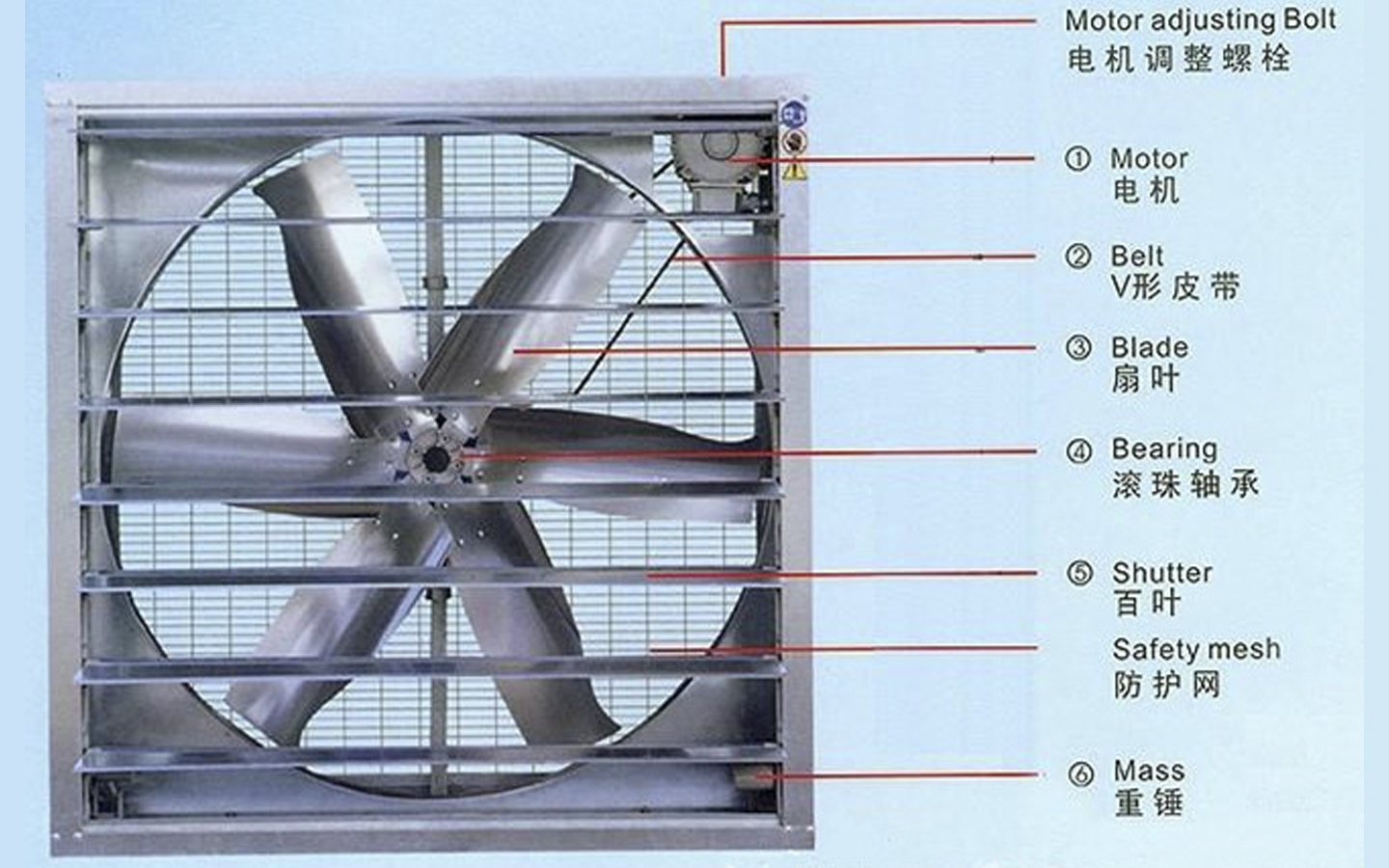Negative pressure fan is a device with very good ventilation and heat dissipation effect, and it can be seen in many daily lives. Mainly through a negative pressure air pump, the heat and odor in the room are discharged, and the fresh air outside is discharged. The air exchange rate can reach 99% and is available in some areas. It can effectively prevent the intrusion of external dust and maintain a high degree of cleanliness. It is mainly used in clean rooms, pumps, valves and other places.
The three basic differences between negative pressure fans and positive pressure fans are as follows:
1. Different installation methods
ZIBO DECENT MACHINERY CO., LTD manufacturer will introduce to you that positive pressure fans are generally installed at the higher windows of the building; negative pressure fans are generally installed at the windows outside the workshop, in a downwind position to facilitate contact with the outside world. It allows fresh air from the outside to enter, thus achieving the effect of air convection.
2. Different exhaust principles
The negative pressure fan discharges the air outdoors, thinning the indoor air, forming a negative pressure area, allowing outdoor air to enter, and achieving the effect of ventilation.
Positive pressure fans have the opposite effect, moving air into the room.
3. Different functions
Negative pressure fans are mainly used for ventilation, cooling, deodorization and dust removal.
Positive pressure fans are often used in escape routes. When a fire accident occurs, its internal movement will open the air outlet, the temperature and smoke sensors will turn on or the manual fire alarm, and the top of the positive pressure fan tower will open completely automatically, and compressed air will provide the air supply. The positive pressure air outlet in the stair vestibule provides a stable air flow to the vestibule and maintains a positive pressure in the vestibule, ensuring that smoke does not spread to the area and allowing people to escape. If the temperature exceeds 280°C and escape is impossible, the internal fuse will blow out and the vents will automatically close to prevent the fire from spreading.


 Español
Español Русский
Русский Tiếng Việt
Tiếng Việt 中文
中文 suomi
suomi Français
Français Português
Português English
English Deutsch
Deutsch Français
Français Español
Español Italiano
Italiano Português
Português Pусский
Pусский


